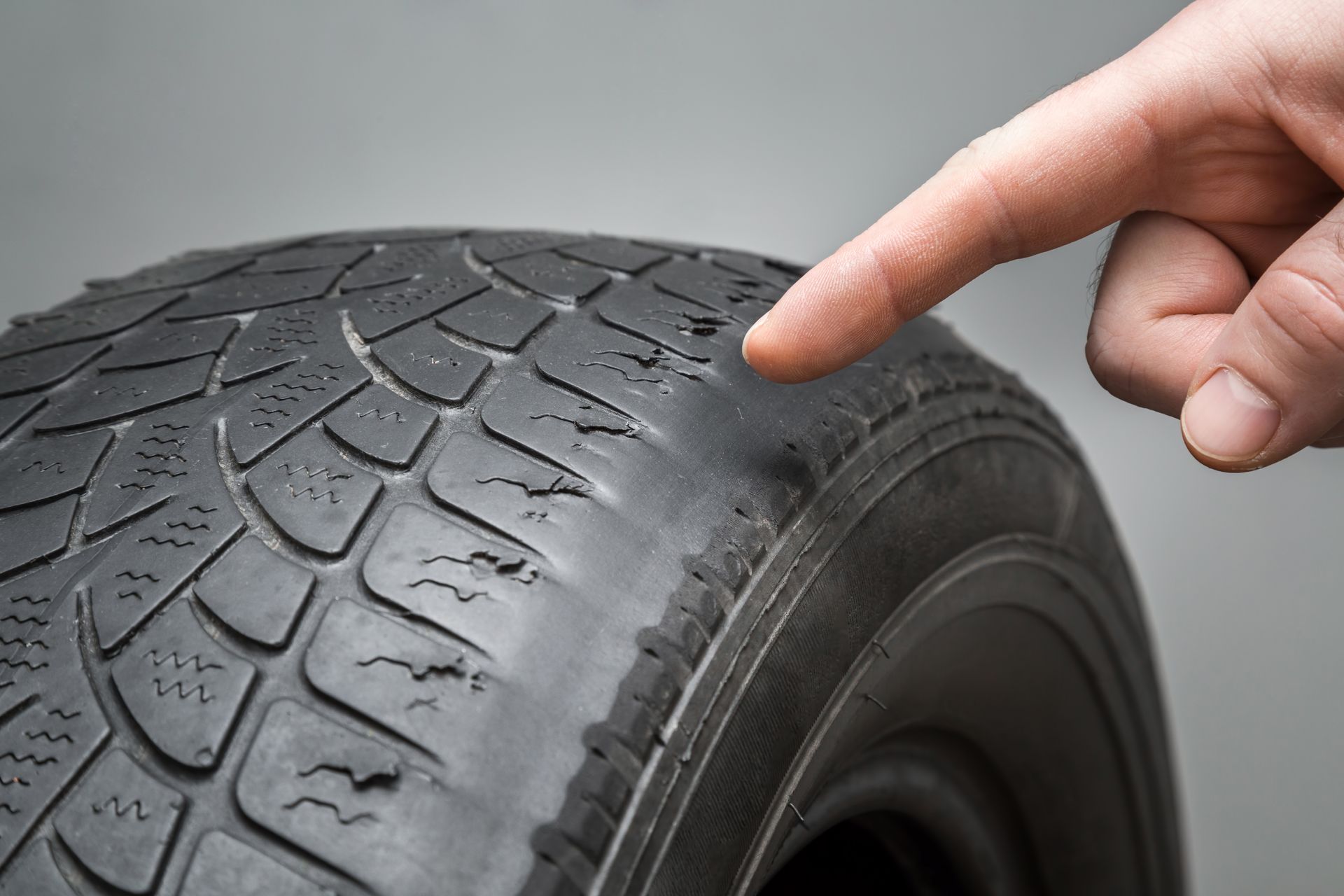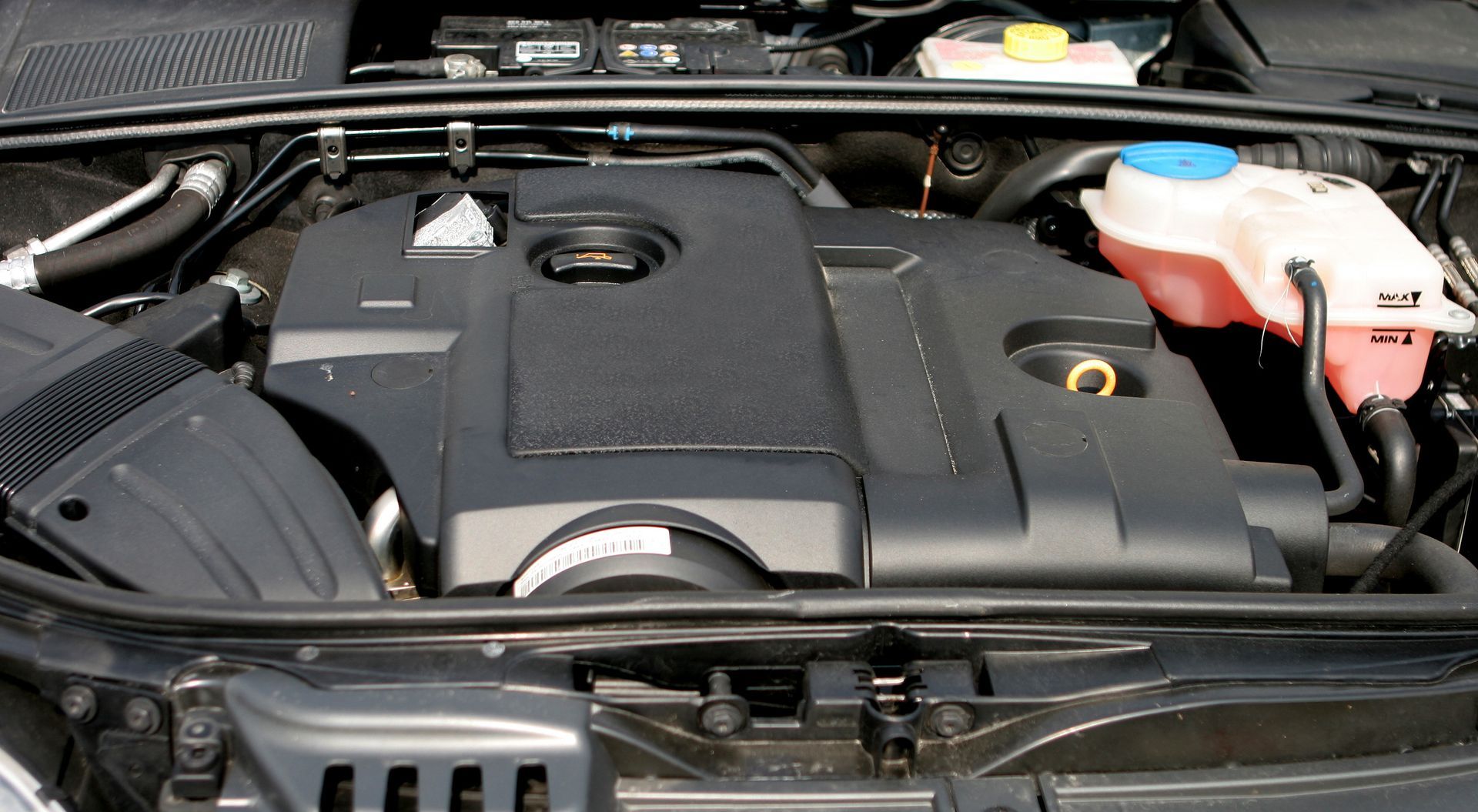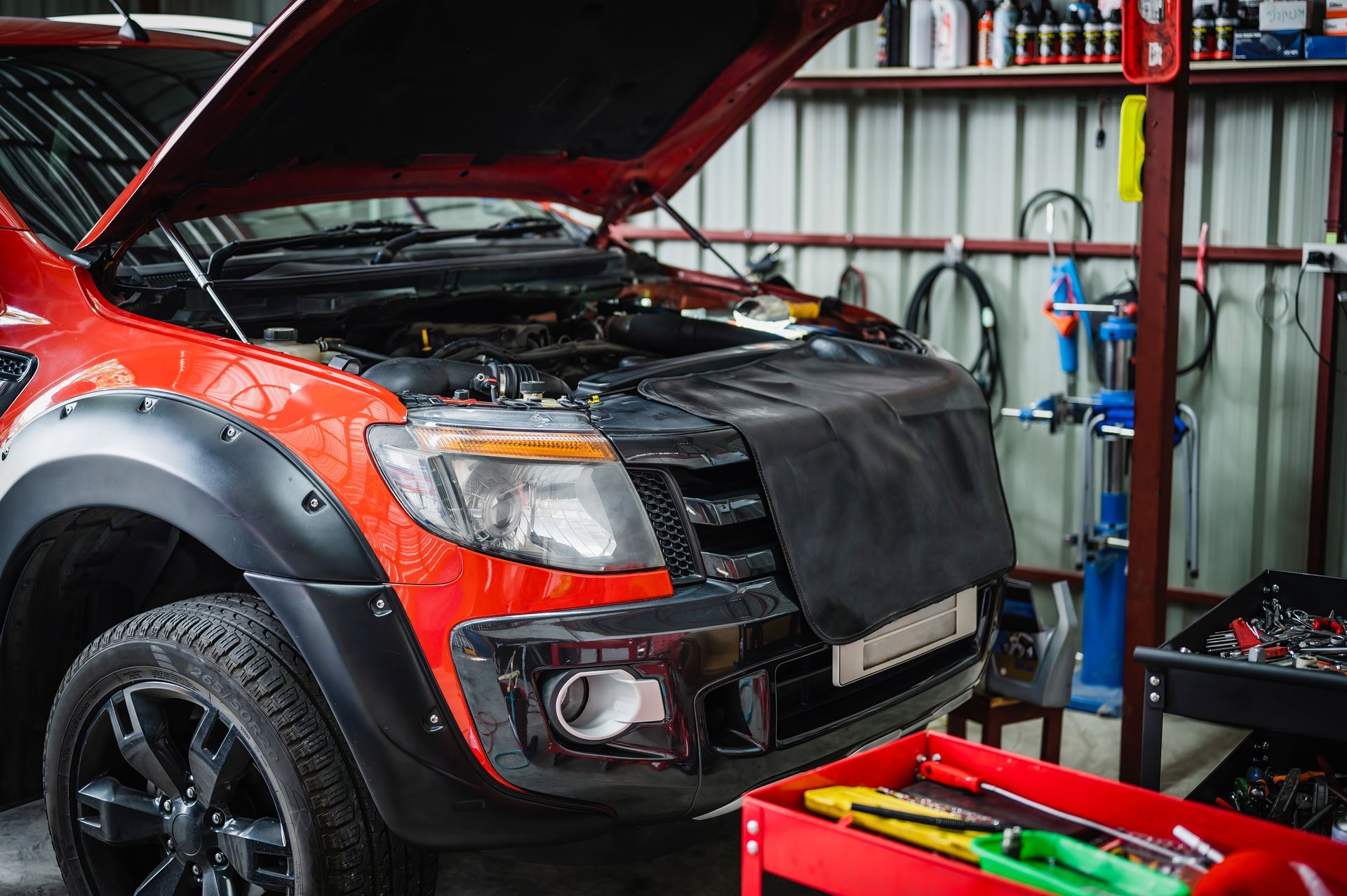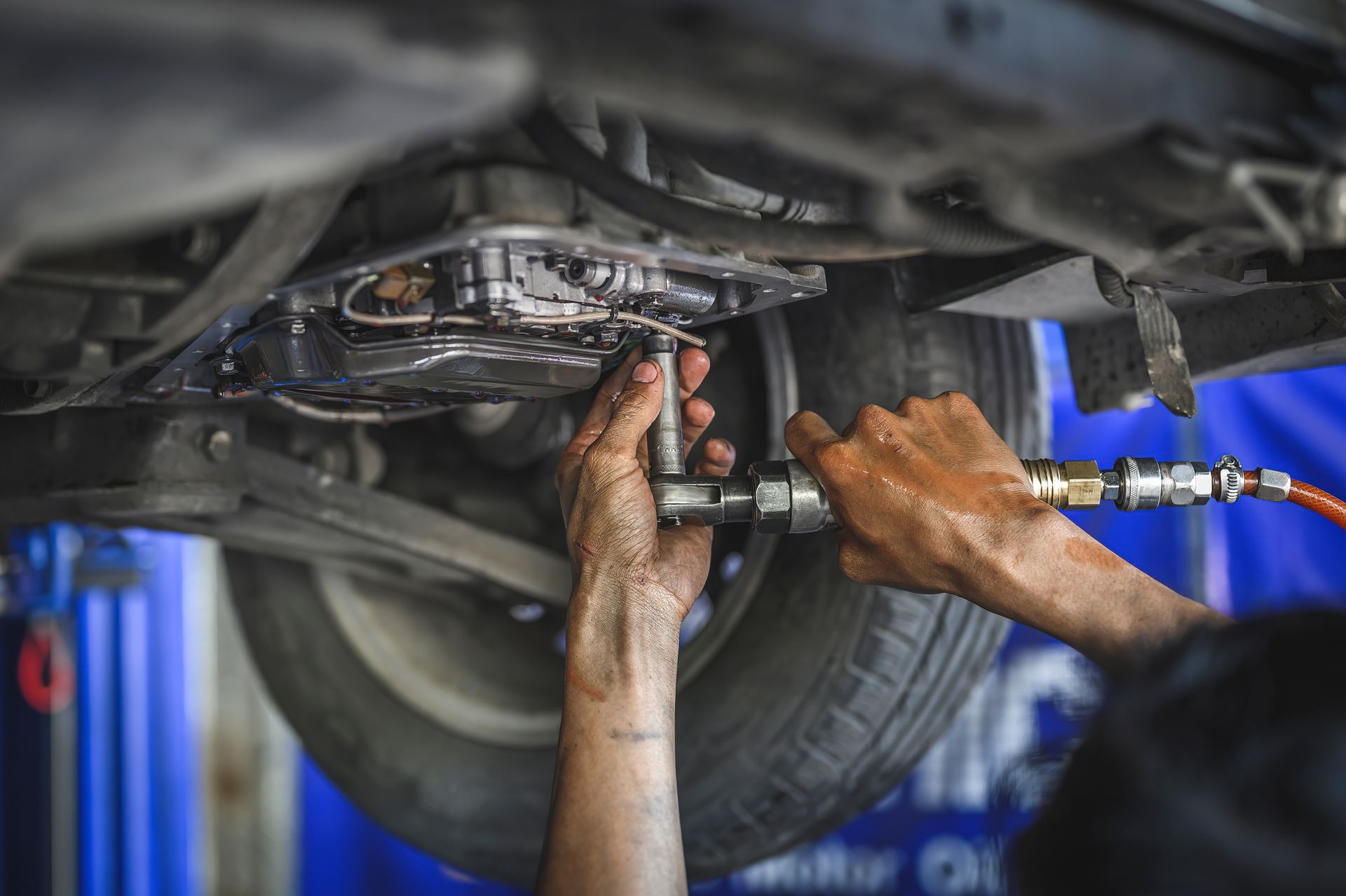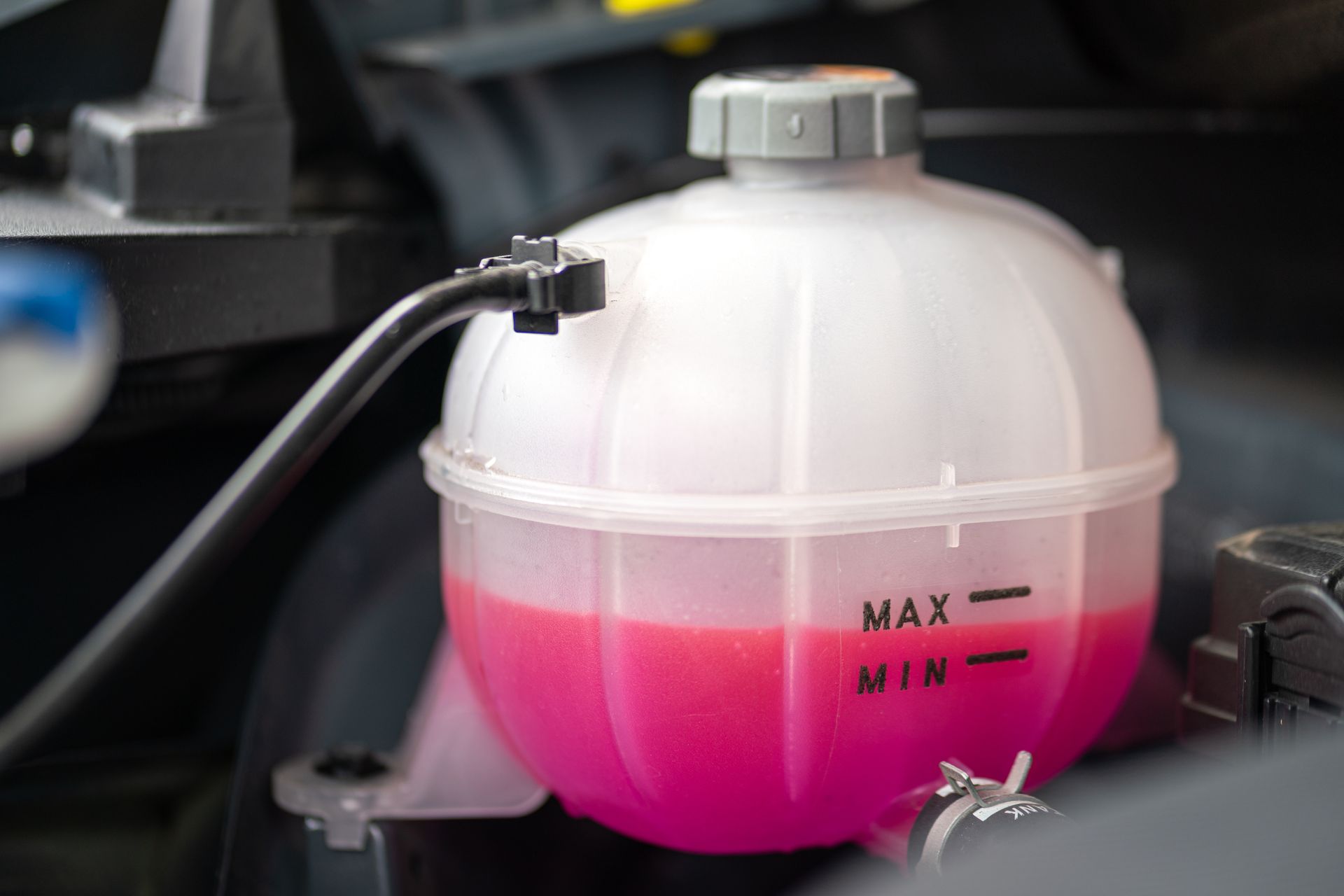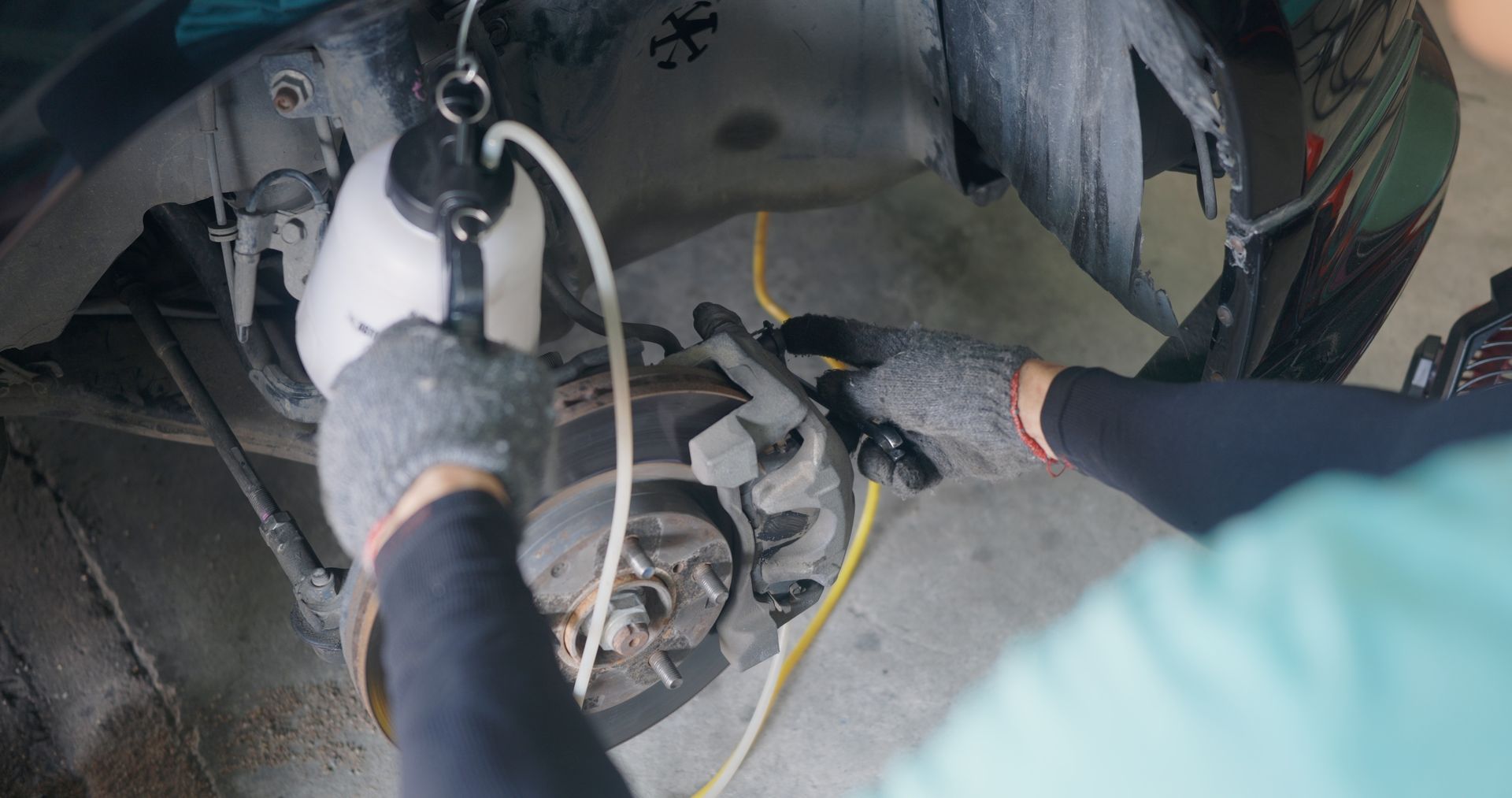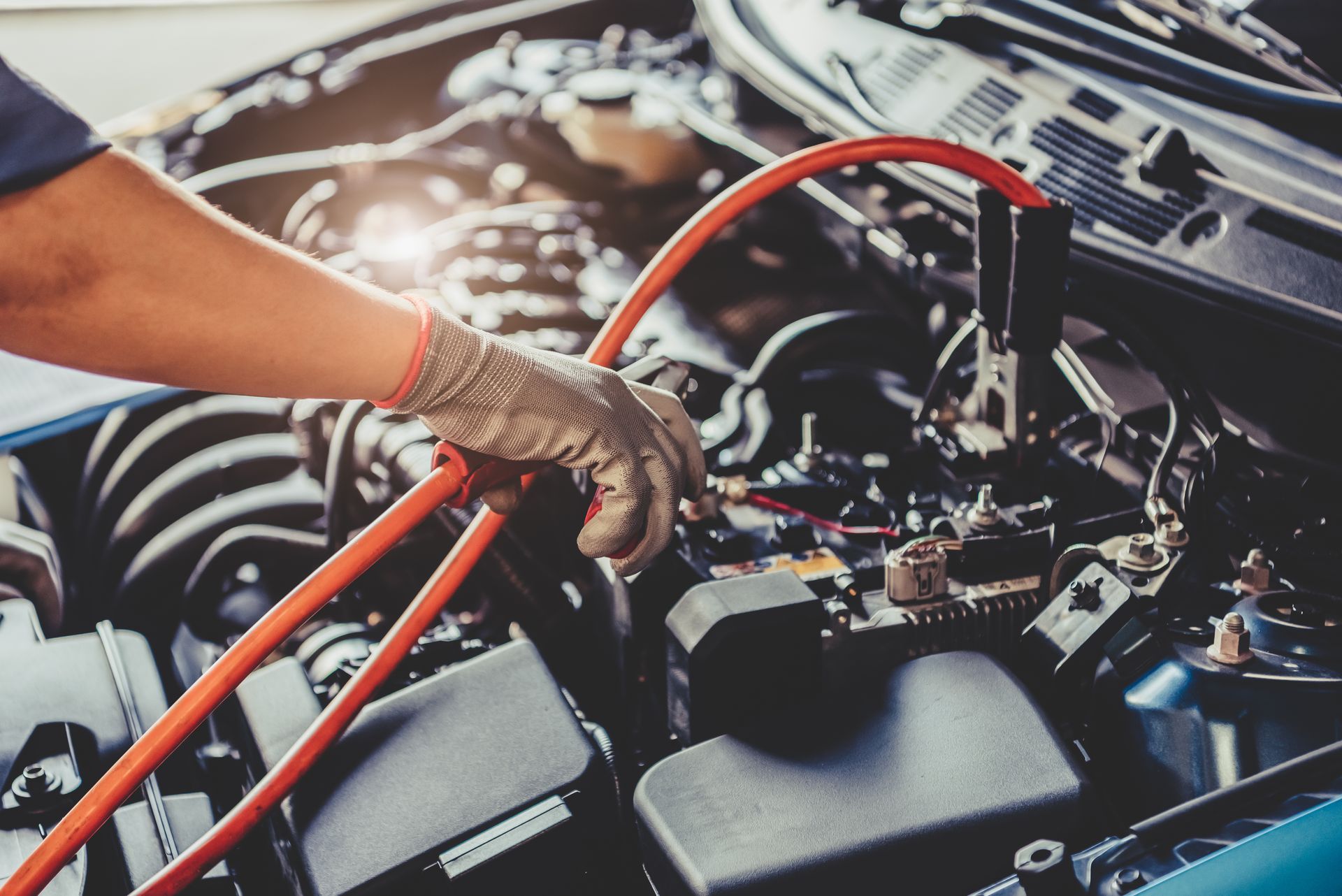Buying tires isn’t something most drivers look forward to—but when one or two start to wear out, it brings up a common question: Do I really have to replace all four tires at the same time? The answer depends on several factors, including your vehicle type, how much wear the other tires have, and what kind of drivetrain you're dealing with.
In some cases, replacing just one or two tires might be perfectly fine. In others, doing so could damage your drivetrain or affect your car’s safety and performance. Here's how to know what’s best for your situation before you spend more (or less) than you need to.
Why Tire Matching Matters
Tires might look similar from the outside, but small differences in tread depth, rubber compound, or diameter can create serious issues—especially if your car uses all-wheel drive (AWD) or four-wheel drive (4WD). That’s because AWD systems are designed to deliver equal power to all four wheels, and they expect all tires to rotate at the same speed.
When one or two tires are newer, they have deeper tread and slightly larger circumference. That means they rotate at a slightly different rate compared to older tires. Over time, this mismatch can strain the AWD system’s differentials, transfer case, or center coupler—leading to expensive repairs.
Even front- or rear-wheel-drive cars can be affected. Uneven traction between the axles can lead to handling problems, longer braking distances, or reduced stability in wet conditions.
When Is It Okay to Replace Just One or Two Tires
If your vehicle is front-wheel or rear-wheel drive and your existing tires still have plenty of tread, you may be able to replace just the worn pair. But this only works if:
- The new tires match the existing ones in brand, model, and size
- The tread depth difference is minimal (ideally less than 2/32 of an inch)
- The remaining tires are evenly worn and in good condition
Even then, placement matters. The newer tires should go on the rear—regardless of whether your car is front-wheel or rear-wheel drive. This helps maintain stability and reduce the chance of hydroplaning, especially on wet or slick roads.
When All Four Tires Need to Be Replaced
- Your car is AWD or 4WD, and there’s a big difference in tread depth
- The remaining tires are older, damaged, or unevenly worn
- You’re switching to a new tire brand or model that doesn’t match the old ones
- The tread depth is below 4/32” (safe minimum for wet driving) or 2/32” (legal minimum)
Replacing all four tires might cost more upfront, but it protects the rest of your drivetrain and ensures balanced handling, especially at higher speeds or in poor weather.
The Risks of Mixing Tires
Mixing different brands, tread patterns, or worn tires with new ones can compromise your vehicle’s safety systems. ABS, traction control, and stability control all rely on consistent grip and performance from each tire. If one or more tires aren’t matching, those systems may not react properly when you need them most—like during sudden braking or evasive maneuvers.
Mixing tires can also affect fuel efficiency and ride comfort. Even if the tread depth seems close, tires from different manufacturers may behave differently under stress, leading to a rougher ride or increased wear on suspension components.
Don’t take chances with mismatched tires. Visit
Crowell Brothers Automotive in Hoquiam, WA, for tire services that prioritize your safety, comfort, and budget.


